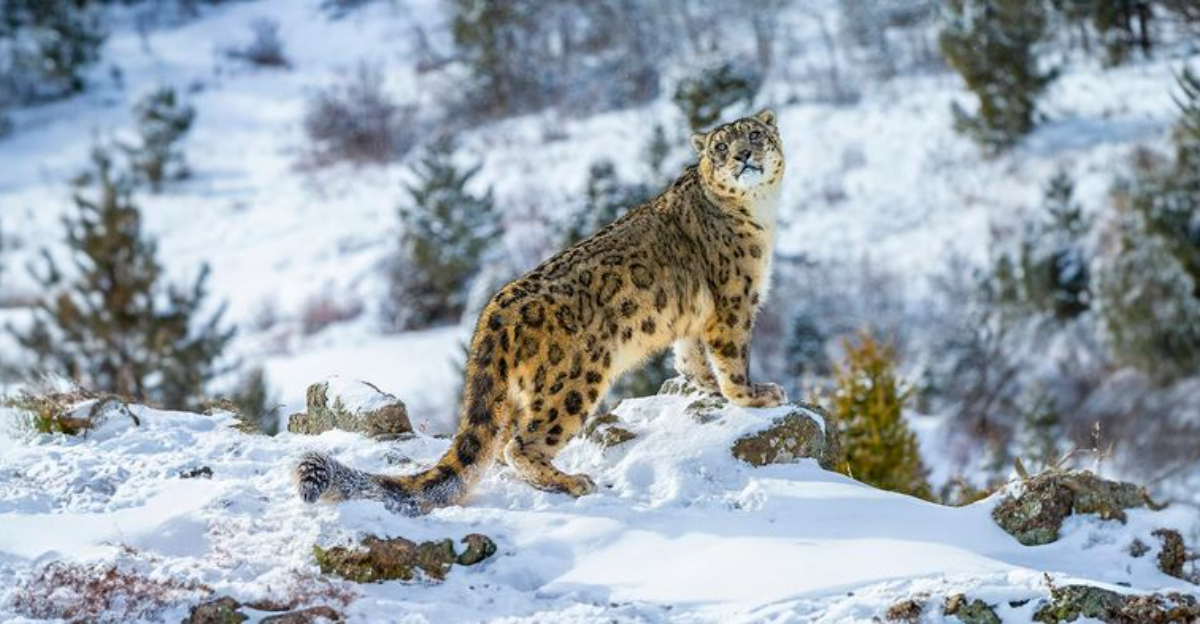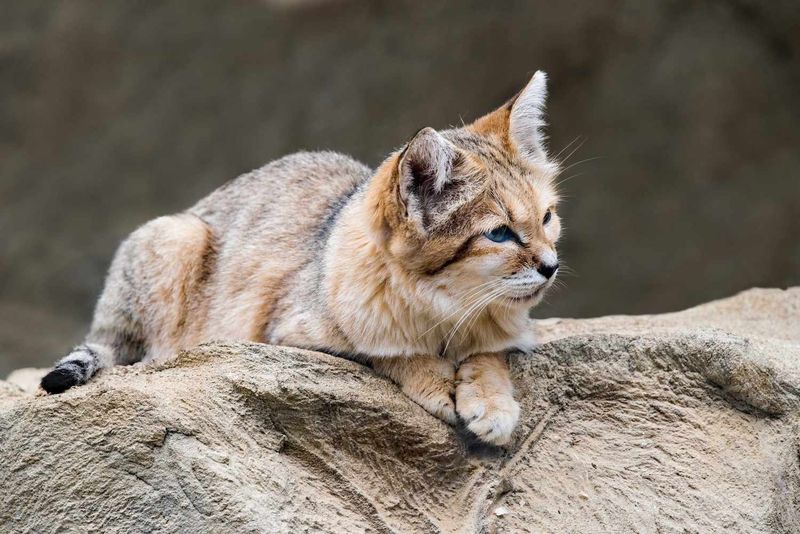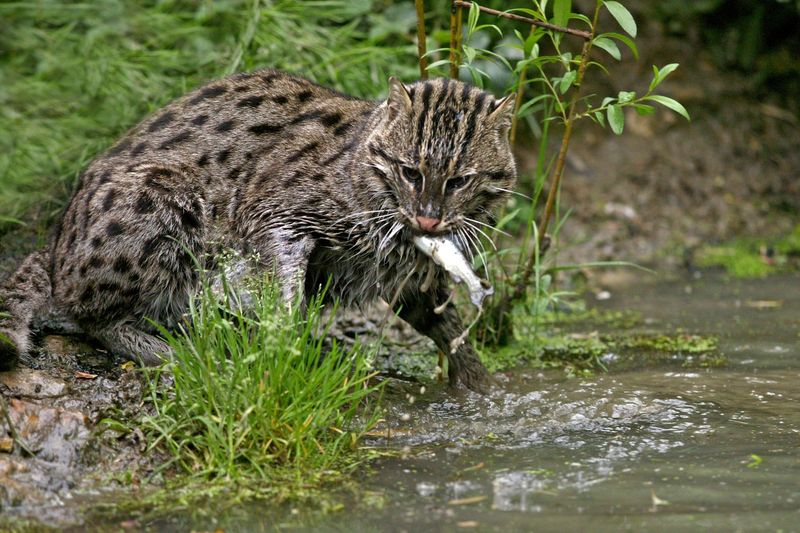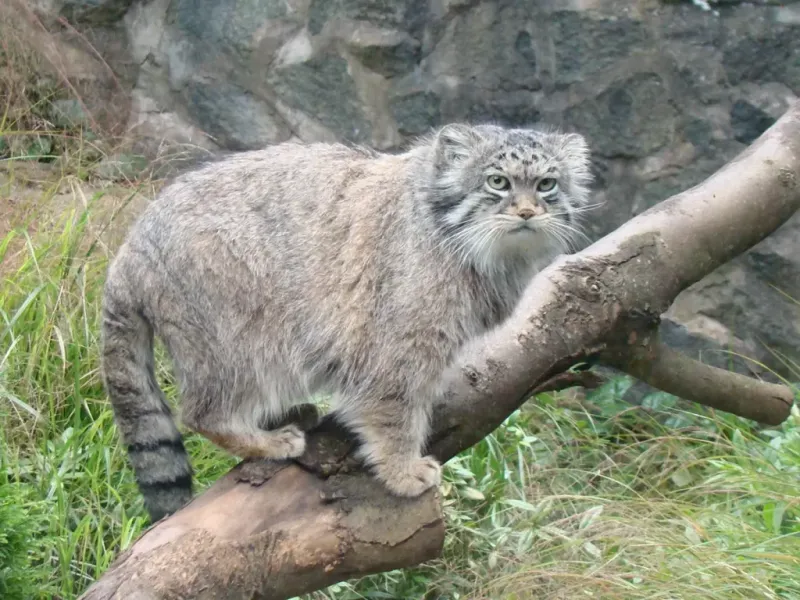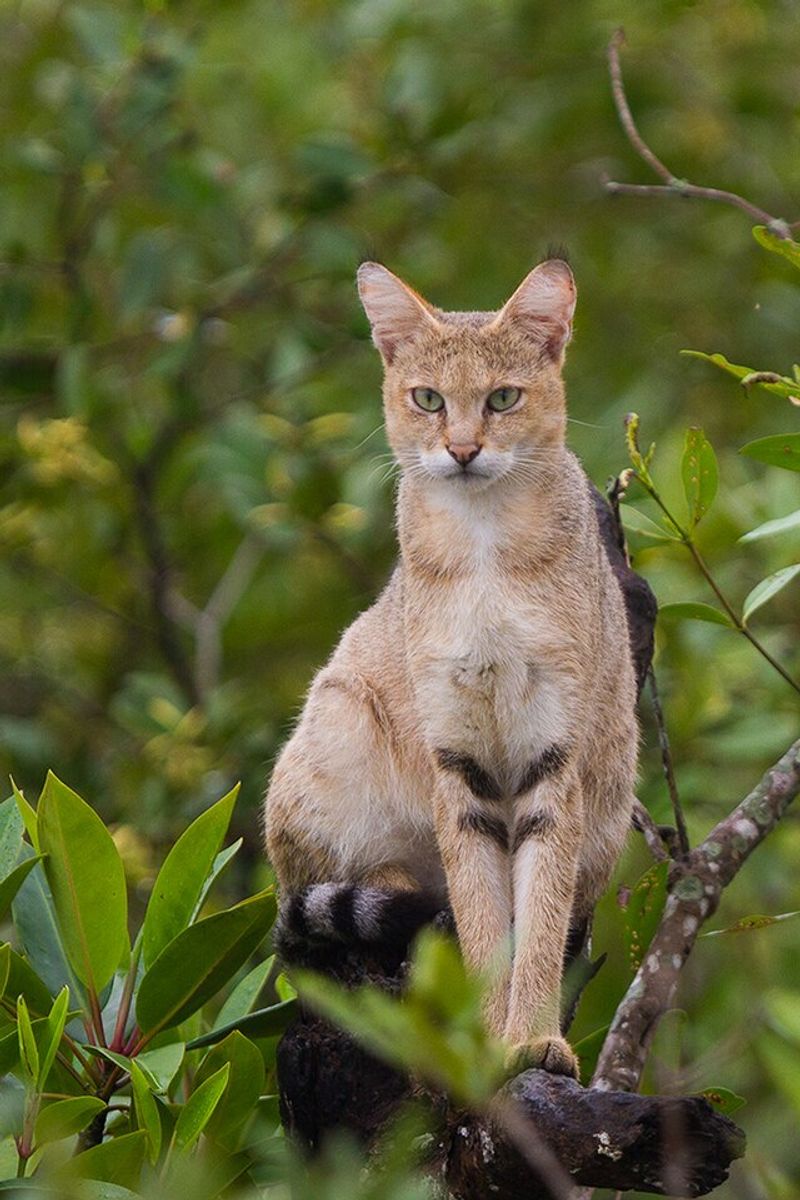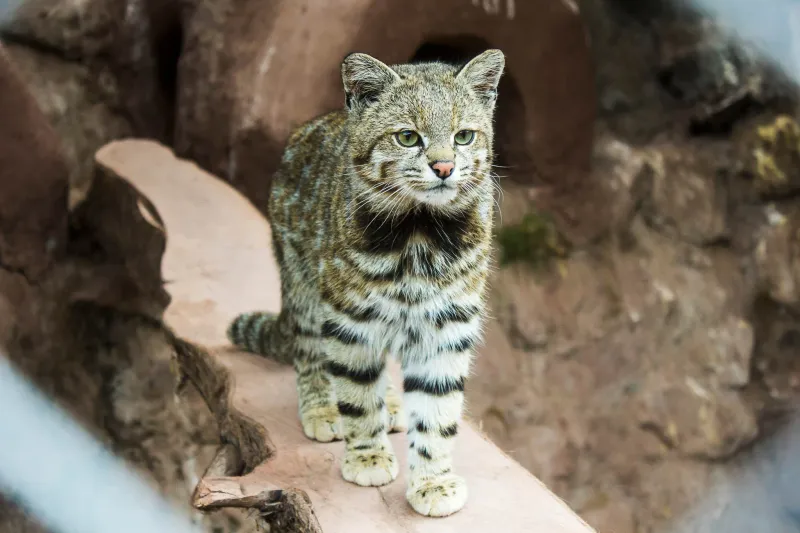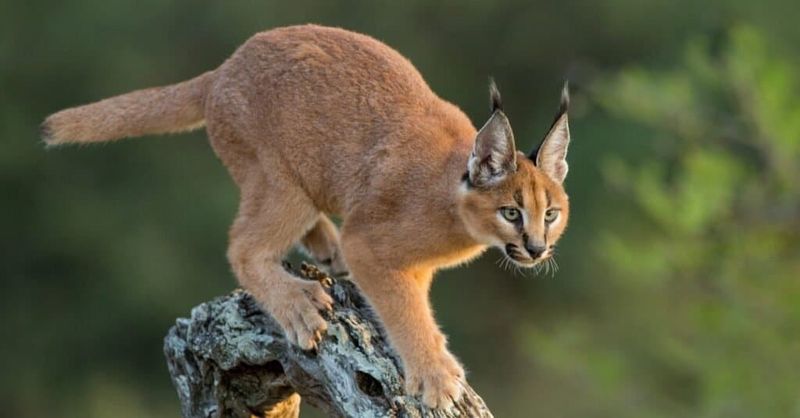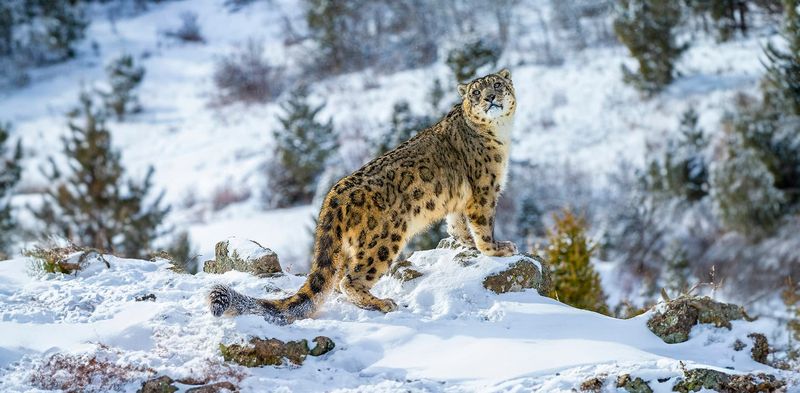📖 Table of Content:
Wild cats have developed extraordinary adaptations that enable them to survive in some of the planet’s most extreme environments. Whether in blistering deserts or icy mountain ranges, these felines show how resilient nature can be. Their ability to endure harsh conditions is a testament to their evolutionary success.
Each species has honed unique physical traits suited to its environment. Some boast exceptional camouflage, while others have powerful limbs designed for swift, agile movement. These traits make wild cats some of the most efficient hunters in the animal kingdom.
Beyond their physical capabilities, wild cats also exhibit specialized hunting methods that ensure their survival. Their keen senses and stealthy approaches allow them to catch prey in even the most challenging terrains. In ecosystems where few predators can endure, these cats reign supreme.
1. Sand Cat
Hidden in the scorching Sahara and Arabian deserts lives the sand cat, a marvel of desert adaptation. Furry paw pads protect these remarkable felines from burning sand that reaches 180°F while providing excellent traction for silent stalking. Sand cats survive without drinking water, obtaining all necessary moisture from their prey.
Their sand-colored coats make them nearly invisible against desert backgrounds, perfect for ambushing small mammals and reptiles. During extreme daytime heat, they shelter in underground burrows, emerging at night when temperatures drop. Their extra-wide ear canals capture the slightest sounds of prey moving beneath the sand.
2. Fishing Cat
Prowling the wetlands of South and Southeast Asia, fishing cats break the typical feline aversion to water. Unlike most cats, they dive completely underwater to catch prey, using partially webbed paws to swim with surprising agility. Their dense, water-resistant double coat keeps them warm and dry during extended hunting expeditions in marshes and swamps.
Sharp, curved claws act like fishing hooks, snagging slippery prey with remarkable precision. Fishing cats have adapted specialized hunting techniques, including scooping fish from water with their paws and diving headfirst from overhanging branches. Their short, rudder-like tails provide steering control during underwater pursuits of fish, frogs, and crustaceans.
3. Pallas’s Cat
Surviving Mongolia’s harsh steppes where temperatures swing from -50°F in winter to 100°F in summer, Pallas’s cats have evolved the densest fur of any feline. Their stocky bodies minimize heat loss, while flat faces and small ears reduce exposure to biting winds. Round pupils (unlike other cats’ vertical slits) improve vision in bright, snow-reflected light.
These cats are supreme ambush hunters, using rocky outcrops for cover before pouncing on small mammals and ground-nesting birds. During brutal winters, they grow additional fur between their toe pads for insulation and traction on ice. Their trademark grumpy expression comes from facial muscles adapted to squint against harsh sunlight and blowing snow.
4. Jungle Cat
Jungle cats thrive in the seasonally flooded regions of the Nile Delta and Mesopotamian marshes, where few predators can adapt. Long, slender legs elevate them above shallow water while stalking through reed beds and waterlogged grasslands. Their uniquely adapted digestive systems process wetland prey, including frogs, water birds, and fish that other cats cannot tolerate.
During annual floods, they construct floating platforms from reeds for resting and hunting. Unlike many wildcats, jungle cats remain active during daylight hours, taking advantage of birds’ feeding patterns. Their ears feature tufted tips containing sensitive nerve endings that detect minute air movements created by prey moving through dense marsh vegetation.
5. Andean Mountain Cat
One of the world’s rarest felines, Andean mountain cats survive above 13,000 feet in the oxygen-thin air of South America’s Andes. Their thick, ash-gray fur with distinctive dark rings provides perfect camouflage against rocky slopes and protection from howling winds.
These specialized hunters have evolved larger lungs and higher red blood cell counts than lowland cats, maximizing oxygen use in their high-altitude habitat. Their primary prey is the viscacha, a chinchilla-like rodent that also thrives in this harsh environment. Andean cats have developed extraordinarily thick foot pads that insulate against freezing ground while providing grip on treacherous mountain terrain. Some indigenous communities consider these elusive cats sacred mountain guardians.
6. Caracal
Caracals dominate the sun-baked savannas and semi-deserts of Africa and the Middle East, where water is scarce and temperatures regularly exceed 110°F. Their copper-colored coats reflect heat while providing camouflage in dry grasslands and rocky outcrops. Famous for their extraordinary leaping ability, caracals can snatch birds from mid-air, jumping up to 10 feet high from a standing position.
Their distinctive ear tufts act as precision antennae, triangulating the exact location of prey by detecting minute sound differences. Caracals require minimal water, obtaining most moisture from prey. Their powerful hind legs store energy like coiled springs, enabling them to hunt everything from small rodents to antelopes weighing three times their size.
7. Snow Leopard
Masters of the Himalayan highlands, snow leopards roam at elevations up to 18,000 feet where oxygen is scarce and temperatures plummet below -40°F. Their extra-large paws work like natural snowshoes, distributing weight to prevent sinking into deep snow.
Thick fur coats with hair reaching almost two inches long insulate against brutal mountain winters. Their unusually long tails provide crucial balance when leaping across rocky terrain and serve as cozy scarves while sleeping. Few creatures can match their stealth—snow leopards can take down prey three times their size with a powerful pounce that can span 50 feet in a single bound.
